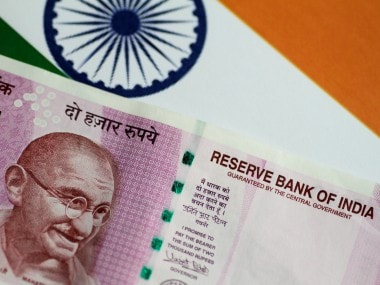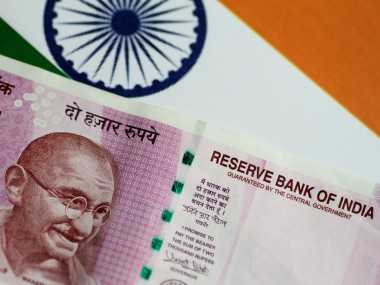Public debt plays an important part in financing a government. More often than not, estimated revenues fall short or total expenditure exceeds government’s estimation. Moreover, emergencies like war, natural calamities and economic slowdown force the government to borrow from the public to finance projects. In fact, borrowing from the public is seen as an alternative to limiting spending and rising taxes–the latter may have serious political implications too. India’s public debt, which is contracted against the guarantee of the Consolidated Fund of India, is divided into internal and external debt. As the nomenclature suggests, the former is borrowed from within the country, while the latter is sourced from international organisations and foreign government. The Asian Development Bank, World Bank, and IDA are some major sources of external funding for the Union government. External debt has generally been a small component of the total debt accumulated by the government. Internal debts are composed of marketable securities like dated securities and Treasury Bills (T-bills). Some of the non-marketable securities include 14 Day Intermediate T-Bills, securities issued to international financial institutions, and securities against small savings. [caption id=“attachment_4619341” align=“alignleft” width=“380”]  Representational image. Reuters.[/caption] Public debt is a double-edged sword. If a country is able to service its debt, public debt financing can help bolster the economy. In the past, public debt across the world has facilitated countries to develop critical infrastructure, which helps them in the long run. However, without fiscal discipline, the accumulation of public debt can ultimately have a snowball effect on the economy. Not only would that lead to higher taxes in the future, but there would also be an increase in interest rates too as borrowing gets costlier. Higher the interest rates, lower is the borrowing – leading to a decline in savings and investments. Accumulation of debt may cause a crowding out effect. Crowding out leads to weakening of the private sector, which lends money to the government. While crowding out helps the government to continue spending, private sector will be short of funds. Hence, there will be no net gain to the economy. As per a December 2018 report by the Ministry of Finance, India’s public debt rose by nearly 93 percent between 2011 and 2018–from Rs 35,53,519 crore to Rs 68,84,280 crore. Internal debt has always occupied most of what constitutes India’s public debt. In 2011-12, internal debt stood at Rs 32,30,622 crore. It nearly doubled to Rs 64,01,275 crore in 2017-18. External debt, on the other hand, grew from Rs 3,22,897 crore in 2011-12 to Rs 4,83,005 crore in 2017-18. Follow full coverage of Union Budget 2019-20 here
Without fiscal discipline, the accumulation of public debt can ultimately have a snowball effect on the economy.
Advertisement
End of Article


)

)
)
)
)
)
)
)
)



